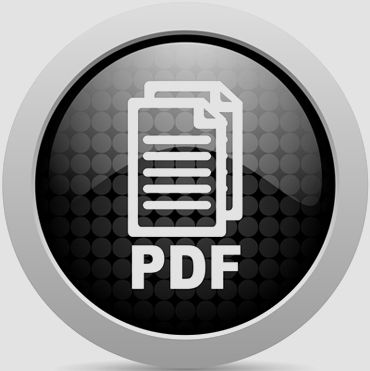 Law firms are always seeking easier ways to manage costs and enhance efficiency while improving client service. One major factor that can promote good organization is record management. Large volumes of paper records are difficult to manage and hinder easy access to data when required. Document conversion to readily available electronic format is simplifying litigation processes and making life easier for lawyers, paralegals, and other legal professionals. The PDF format holds special significance when it comes to handling, referencing and researching case materials and also maintaining security of information.
Law firms are always seeking easier ways to manage costs and enhance efficiency while improving client service. One major factor that can promote good organization is record management. Large volumes of paper records are difficult to manage and hinder easy access to data when required. Document conversion to readily available electronic format is simplifying litigation processes and making life easier for lawyers, paralegals, and other legal professionals. The PDF format holds special significance when it comes to handling, referencing and researching case materials and also maintaining security of information.
Advantages of Conversion to PDF Format
Today, conversion to PDF file format is greatly welcomed by litigation industry due to its possibilities for duplicating, compressing and navigating. These features are essential for lawyers when handling, referencing and researching case materials. The PDF file offers many benefits:
Helps in maintaining content fidelity: Integrity of the content is of great importance in the legal scenario. PDF offers a replica of the hard copy and maintains the integrity of information. The document retains the same layout and appearance, regardless of the number of times it is viewed, utilized or shared.
Easy sharing: Legal professionals often require the documents to get shared or to submit it to a co-counsel, partner, or client. Moreover, online file cases (generated when researching legal archiving websites) in PDF format can be easily sent via email. Files in this format eliminate faxing, mailing and other inconveniences.
Improved workflow: Increasing efficiency of workflow is yet another reason for the growing use of PDF format in court houses. The format allows easy sharing of legal documents on laptops in the courtroom as:
- Viewing and referencing the same documents in court is easier with PDF, as all parties can use and apply certain methods like the ‘Bates numbering system’ to identify legal documents and to quickly reference research material for each other
- Integrating information from different applications into a single PDF document is easier than using multiple files for the same task
- PDF documents can be converted to Word when editable documents are required
Easy Update: With PDF format, legal professionals can create, annotate, add comments, or attach supplementary material to a document. Attachments and comment tabs in the PDF browser make this possible. The system also allows:
- Preservation of critiques and comments when analyzing papers related to a case
- Cases in PDF format can be bookmarked or even highlighted electronically
The nature of the file format is also important and PDF documents come in two types
- Native PDF – created through the use of a computer application, a Word document or spreadsheet data. Their internal structure is such that they can be read and interpreted
- Scanned or Image PDF – created using a scanner, i.e., paper documents scanned and saved as PDF
Native PDFs can be formatted in required ways where as the image PDF cannot be manipulated as such. In the scanned format, the computer recognizes words in the document only as images and text searching the document would not provide any results. The solution lies in using OCR technology to convert scanned PDF data into editable word documents, text, or Excel format.



